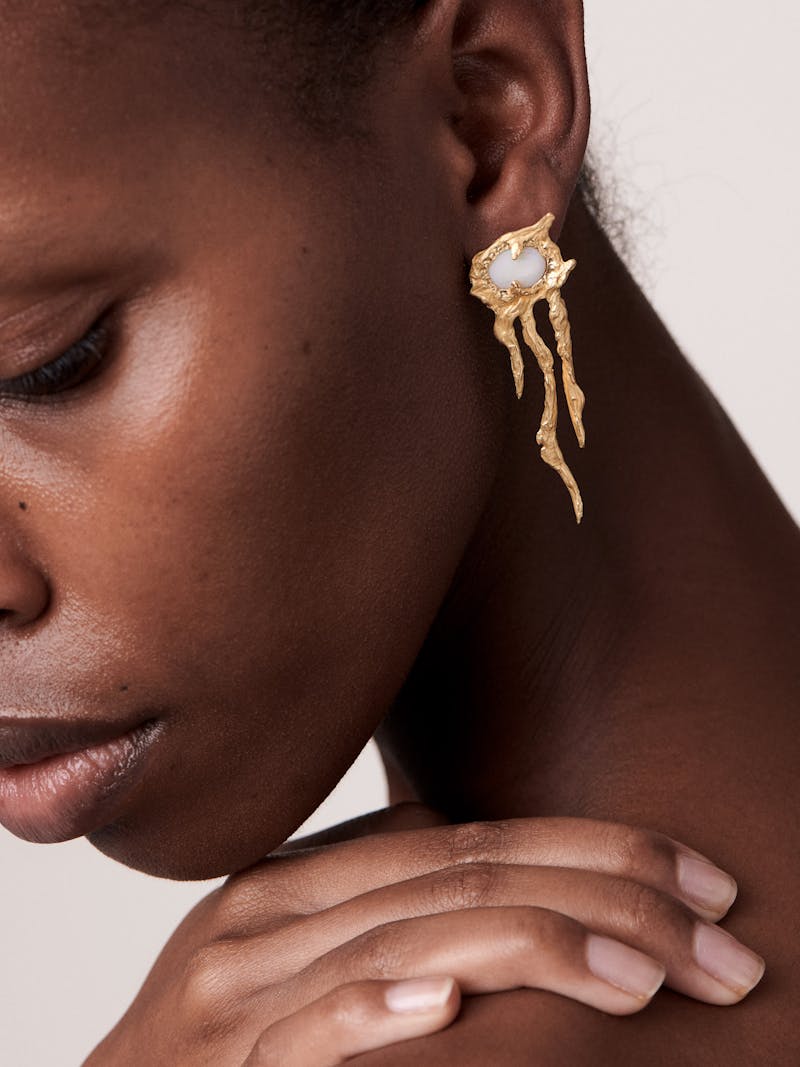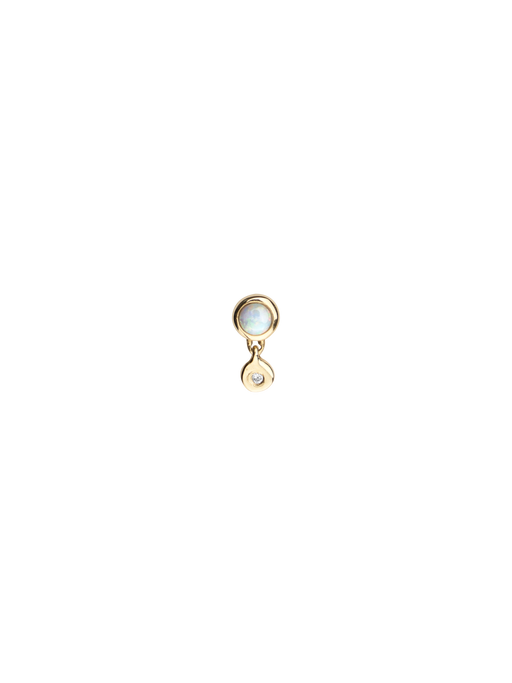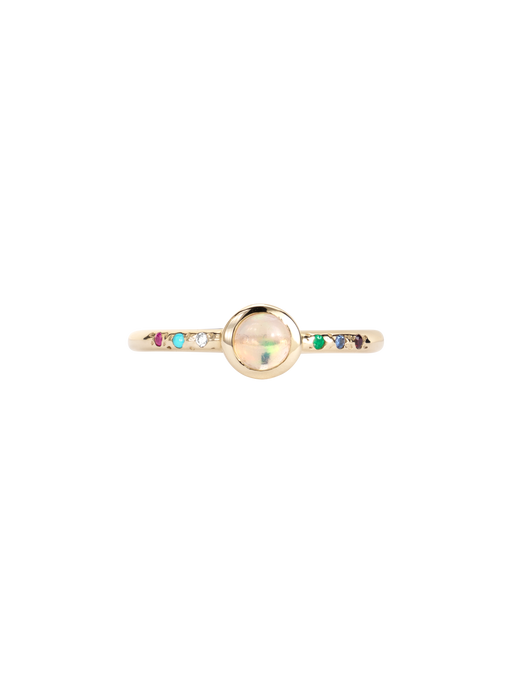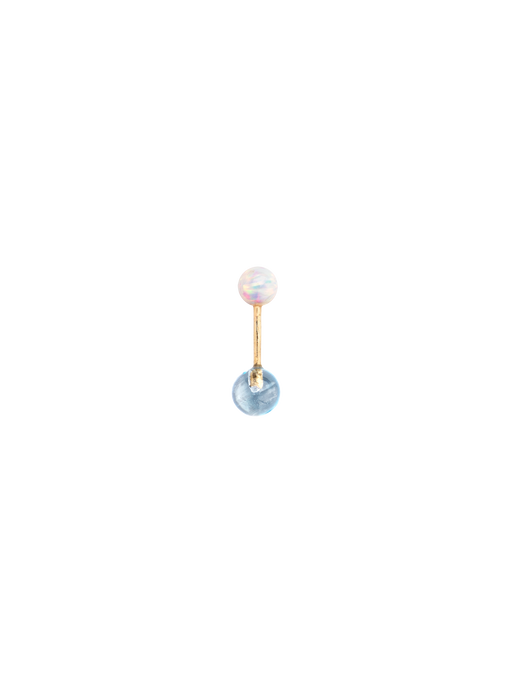What to consider when buying opal jewellery
There are few things more magical than the flashes of spectral colours displayed by opals. As the official birthstone of October, you may be looking to treat yourself or someone else to some opal jewellery. October babies benefit from the wide variety of opals available, from the warm tones of fire opals to the blue hues of boulder opal. Wherever your taste lies, there is bound to be an opal that will take your breath away.
What is Opal?
Opals are distinct from all other gemstones due to their structure. Instead of forming as single crystals, opals consist of millions of microscopic silica spheres tightly stacked together. As these tiny orbs come together, small spaces are left intermingled between spheres. As light enters the structure, it interacts with these spaces, or apertures, bending and diffracting into different spectral colours resulting in the rainbow-like play of colour that opals are known for.
The spacing, order, size and symmetry of the silica spheres dictates the type of play-of-colour seen in opal. Impurities incorporated into the matrix can produce opals with different body colours such as yellow, orange or green. The varying combinations of arrangement of silica spheres and impurities results in a plethora of opals with unique optical properties. These properties are best displayed when opals are cut into cabochons but more recently, faceted specimens have made their way to market.
More than a muse
Opals have seen a surge in popularity over recent years with the help of the film ‘Uncut Gems’. The film which centres around a series of events following the acquisition of a raw black Ethiopian opal, propelled the stone into the mainstream. Whilst cinema-goers were captivated by the drama that unfolds, many may have missed the brief lesson in opal structure during the film’s opening and closing scenes. The ethereal journey through caverns and caves lined with brightly coloured clouds and glistening spheres may look like the stuff of fiction but, in fact, is an excellent visual representation of the internal structure of opals.
Life on Mars
Opals are found in many corners of the globe with the most notable being Australia, Mexico, Ethiopia and The United States, but the most interesting locality is not on Earth. Nasa scientists discovered opal deposits on the planet Mars in 2008. This find was part of evidence collected to decipher if the hot planet had water in the past and potentially, hosted life.
Not all opals display play-of-colour but are still considered precious. Common opal is often found in soft, pastel shades of pink and yellow and make for excellent carving materials. The petals of this Opal and Citrine Flower Ring by Sophie Joanne are an excellent example of how beautifully common opal can be shaped. If you’re after that classic opal look but in a contemporary setting, check out these Weaving Pearl Earrings by WWAKE. Independent of what type of opal suits you best, Finematter has a wide range of opal types and styles that will brighten up your jewellery box.




